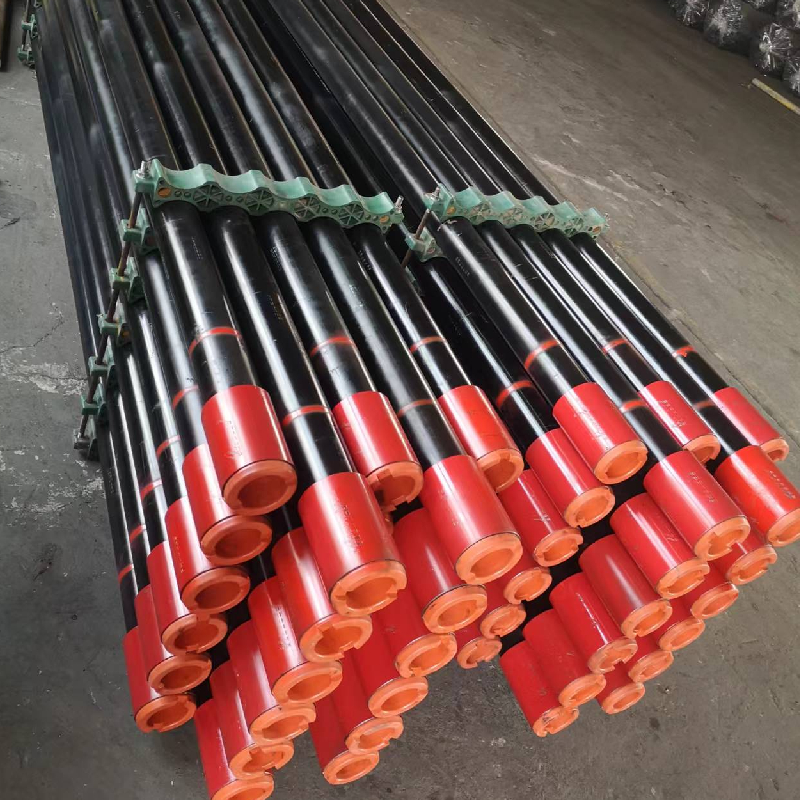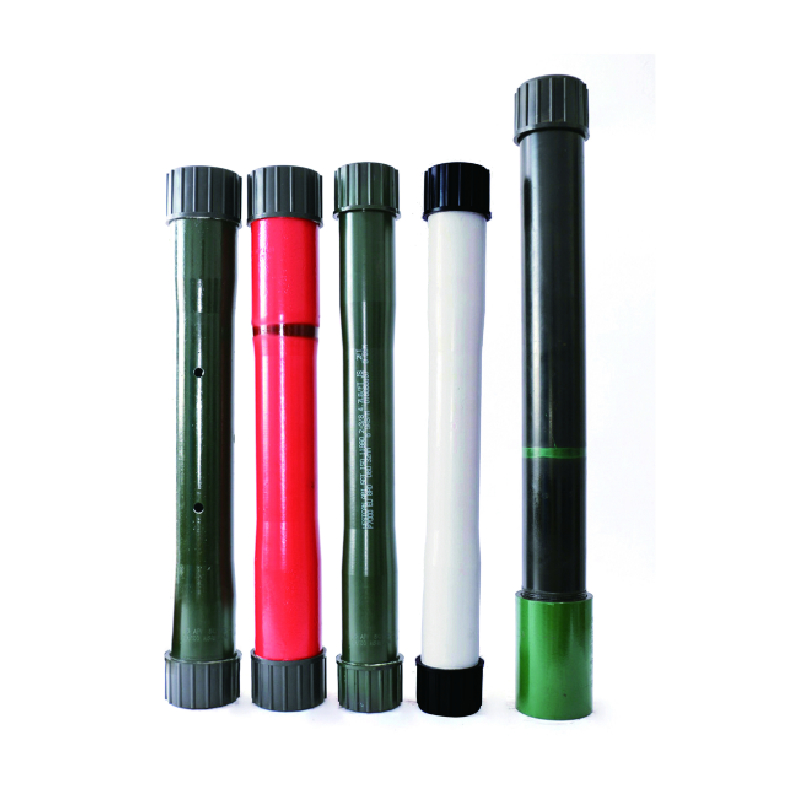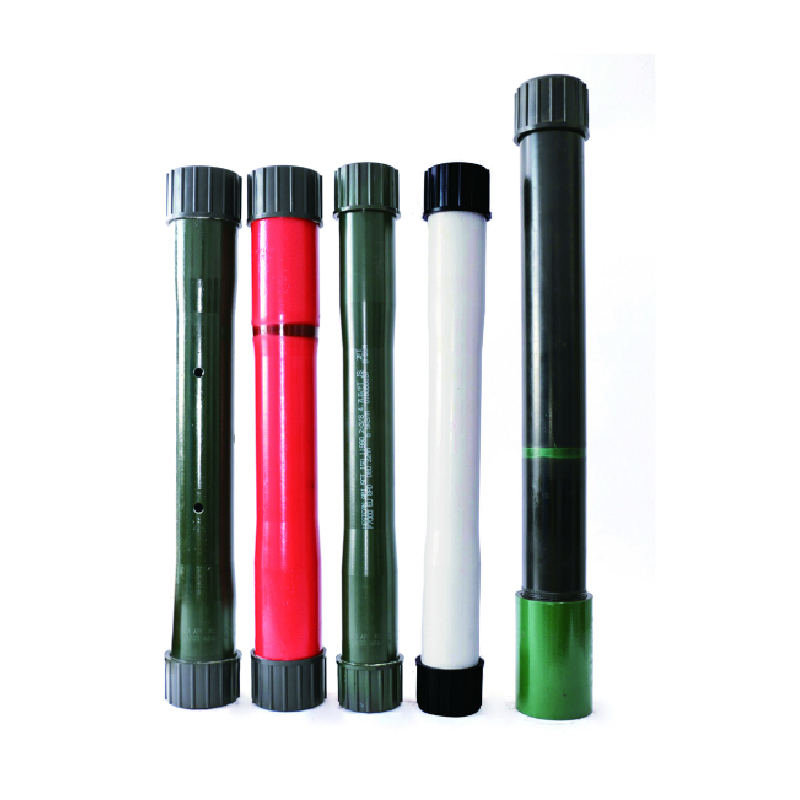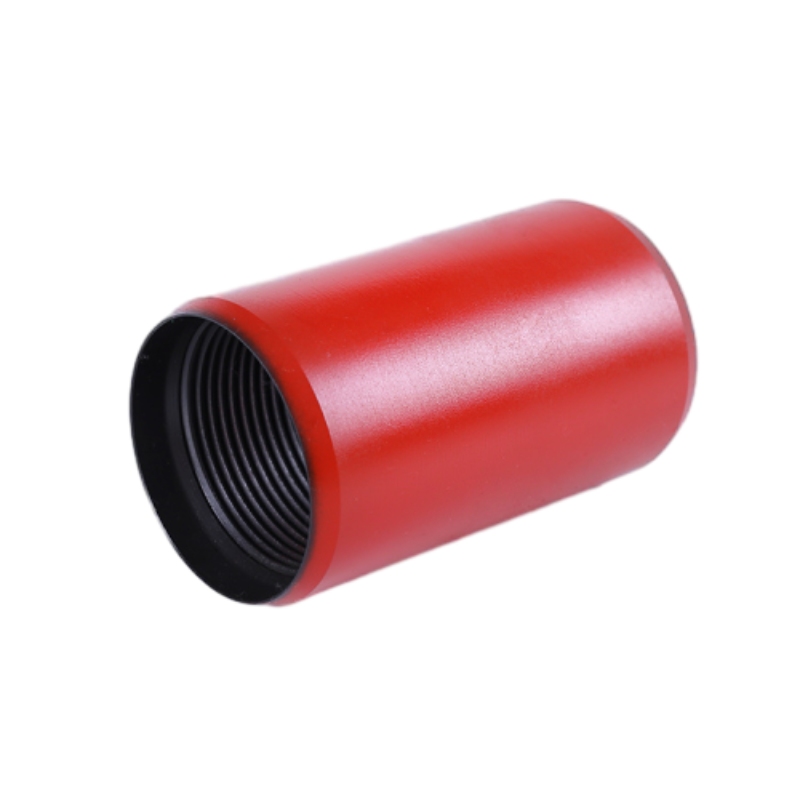Tubing Pup Joints - Hengshui Weijia Petroleum Equipment Manufacturing Co., Ltd.|Pressure Resistance&Customization

Image 1: A close-up view of a tubing pup joint, showcasing its critical role in oil and gas infrastructure.
Introduction
In the oil and gas industry, the seamless flow of resources from reservoirs to the surface is paramount. Tubing pup joints are indispensable components that ensure this process remains efficient and reliable. These joints connect sections of tubing, creating a continuous pathway for oil and gas. Designed to withstand extreme pressures and provide flexibility, tubing pup joints are vital for optimizing well performance. This article explores the functions, advantages, technical specifications, applications, and company background of these critical components, with insights from industry standards like API 5CT.
Understanding Tubing Pup Joints
Tubing pup joints are short lengths of tubing used to adjust the overall length of a tubing string or isolate specific sections of the wellbore. They serve as connectors between the main tubing string and other completion equipment, ensuring a tight seal to prevent leaks. The design of these joints allows them to accommodate various sizes and specifications, making them adaptable to diverse operational needs. Perforated pup joints, in particular, are engineered with small holes along their length to facilitate fluid flow in and out of the wellbore. This design is especially useful in applications where sand or solid particles need to be filtered out of the produced fluid, preventing blockages and ensuring smooth production flow.

Image 2: A representation of pup joint manufacturing processes, highlighting the precision required for industry standards.
Key Features and Advantages
Tubing pup joints offer several advantages that make them essential in oil and gas operations:
- Pressure Resistance: These joints are designed to withstand high-pressure environments, ensuring the integrity of the wellbore.
- Flexibility: Their design allows for adjustments in tubing length, accommodating changes in well depth or equipment requirements.
- Leak Prevention: The tight seals provided by tubing pup joints prevent fluid loss and maintain operational efficiency.
- Customization: Available in various sizes and configurations, they can be tailored to meet specific project needs.
Additionally, perforated pup joints enhance operational efficiency by enabling controlled fluid flow. This feature is particularly beneficial in wells where sand control is critical, as it allows for the filtration of solid particles while maintaining production flow.
Technical Specifications
The technical specifications of tubing pup joints are governed by industry standards such as API 5CT, which sets guidelines for the manufacturing and testing of tubular goods. Below is a summary of key parameters:
| Parameter | Specification |
|---|---|
| Material | Carbon steel, stainless steel, or alloy steel (per API 5CT standards) |
| Pressure Rating | Up to 10,000 psi (varies by size and material) |
| Size Range | 1.5 inches to 6 inches (customizable) |
| Connection Type | Threaded or welded (as per API 5CT requirements) |
| Perforation Options | Standard or custom perforation patterns (for fluid control) |
Applications in the Oil and Gas Industry
Tubing pup joints are utilized in a wide range of applications, including:
- Well Completion: Connecting tubing sections to create a continuous flow path.
- Sand Control: Perforated joints filter out sand and solid particles, protecting downstream equipment.
- Workover Operations: Facilitating the installation and removal of equipment without disrupting the entire wellbore.
- Fracturing and Stimulation: Ensuring pressure integrity during hydraulic fracturing processes.
These joints are also critical in subsea operations, where their ability to resist corrosion and maintain structural integrity is essential. Their adaptability makes them suitable for both onshore and offshore environments.

Image 3: A tubing pup joint in use within an oil and gas well, demonstrating its integration into the production system.
Company Background: Hengshui Weijia Petroleum Equipment Manufacturing Co., Ltd.
As a leading manufacturer of oil and gas equipment, Hengshui Weijia Petroleum Equipment Manufacturing Co., Ltd. (衡水维加石油装备制造有限公司) specializes in producing high-quality tubing pup joints that meet rigorous industry standards. With a focus on innovation and reliability, the company ensures that its products are designed to withstand the harshest conditions. Their commitment to quality is reflected in their adherence to API 5CT standards, which guarantee the performance and safety of their tubular goods. Explore their product range to learn more about their solutions.
Industry Standards and Certifications
The American Petroleum Institute (API) sets the benchmark for tubular goods through its API 5CT standard. This standard outlines the requirements for the manufacturing, testing, and inspection of casing, tubing, and other tubular products used in the oil and gas industry. Compliance with API 5CT ensures that tubing pup joints meet the highest levels of quality and reliability. NIST (National Institute of Standards and Technology) also plays a role in validating industry standards, providing the scientific foundation for performance metrics and material testing protocols.
Conclusion
Tubing pup joints are a cornerstone of oil and gas operations, offering flexibility, pressure resistance, and adaptability to meet diverse needs. Their role in ensuring seamless fluid flow and preventing leaks cannot be overstated. With manufacturers like Hengshui Weijia Petroleum Equipment Manufacturing Co., Ltd. adhering to strict industry standards such as API 5CT, the reliability of these components is further enhanced. As the industry continues to evolve, the importance of tubing pup joints in maintaining operational efficiency and safety will remain paramount.
References
- API 5CT Standard: American Petroleum Institute
- NIST Guidelines: National Institute of Standards and Technology
-
Tubing Crossover - API Compatible, Custom Sizes, In StockNewsNov.10,2025
-
Tubing Coupling | High-Strength, Leak-Proof Steel CouplingsNewsNov.10,2025
-
Wholesale API Threading Casing Coupling | API 5CT, Fast ShipNewsNov.10,2025
-
Pup Joint Supplier | API Certified, Custom, Quick ShipNewsNov.10,2025
-
Pup Joint Manufacturers | Precision Machined, Fast DeliveryNewsNov.10,2025
-
Tubing Coupling | Precision Steel, Leak-Proof, Fast DeliveryNewsNov.03,2025







